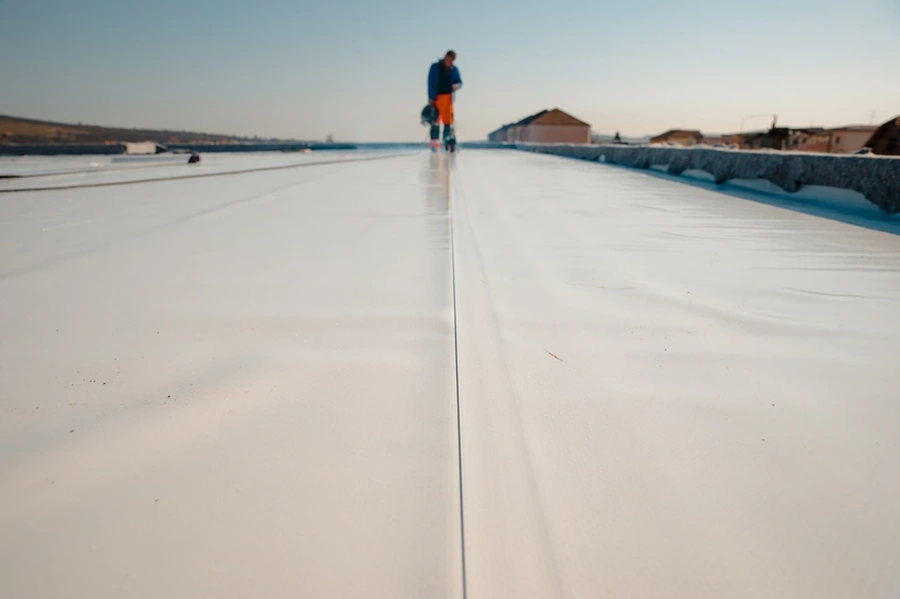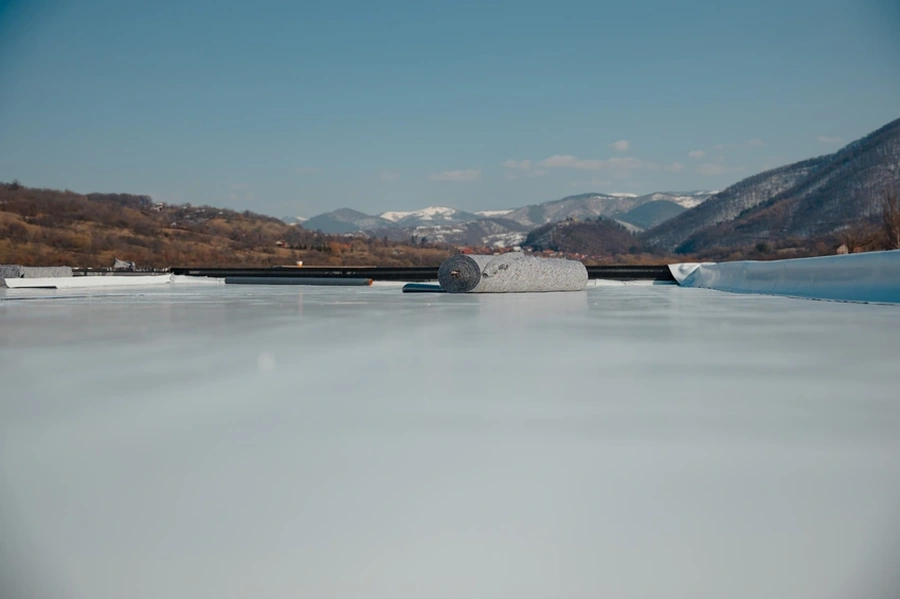Maximizing Longevity With Cutting-Edge Solutions
Flat roofs are commonly used in commercial buildings due to their practicality and cost-effectiveness. However, these roofs face challenges like water pooling and exposure to harsh weather. Advancements in roofing materials and techniques have offered solutions to improve the durability of flat roofs significantly. Understanding how modern methods can enhance roof longevity is crucial for property owners aiming to protect their investments efficiently.

Understanding the Basics of Flat Roofs
Flat roofs might appear simple, but they play a critical role in building protection. Unlike sloped roofs, flat ones do not naturally shed water as efficiently. This characteristic makes it essential to choose durable roofing materials that offer reliable waterproofing properties. Selecting the right material helps prevent leaks and damage, ensuring long-term reliability.
The Role of TPO Roofing in Flat Roofs
The use of TPO roofing has become increasingly popular for enhancing flat roof durability. Thermoplastic polyolefin (TPO) is a single-ply roofing membrane known for its strong resistance to ultraviolet light and chemical exposure. By using this type of roofing, property owners can benefit from increased energy efficiency and lower maintenance needs.
Why Choose TPO Roofing?
One major advantage of TPO roofing is its reflective surface, which can help reduce cooling costs by deflecting sunlight away from the building. This attribute contributes to better energy management, especially during hot seasons. Furthermore, TPO membranes are flexible, making them easy to install across various roof shapes without compromising quality.
Tackling Common Challenges With Flat Roofs
Flat roofs often encounter issues such as drainage problems and wear from foot traffic. To mitigate these challenges, regular maintenance checks are necessary. Keeping drains clear and inspecting the roof periodically can extend its life. Utilizing advanced materials designed specifically for such conditions adds another layer of protection.
Steps to Ensure Proper Installation
- Hire experienced professionals familiar with flat roof installations
- Choose high-quality materials suited for your specific climate
- Ensure proper slope is established for effective drainage
- Schedule regular inspections to catch minor issues early
Best Practices for Maintaining Flat Roofs
- Regularly check for debris or blockages in drainage systems
- Repair small cracks or punctures promptly to prevent further damage
- Avoid placing heavy equipment on the roof unless necessary
- Conduct annual professional inspections to assess overall condition
Understanding Industry Standards and Requirements
Adhering to industry standards ensures that your flat roof performs optimally over time. It is important to comply with local building codes and manufacturer guidelines when installing and maintaining your roof. This compliance guarantees safety and helps avoid legal complications related to improper installation or repair work.
Evaluating Cost Considerations for Roofing Choices
Initial investment in high-quality roofing materials may seem steep, yet it offers substantial savings in the long run through reduced repair costs and enhanced energy efficiency. When evaluating options, consider factors like lifespan, warranty, and climate resilience. Investing in reliable roofing solutions leads to greater peace of mind.

Your Pathway to Durable Roofing Solutions
To ensure your flat roof stands the test of time, take proactive steps toward maintenance and select proven materials. By partnering with us at WM The Corner Contractors LLC, you access expert guidance tailored to your needs. Call (862) 338-7682 today for personalized consultations. Based in Passaic, NJ, our team is ready to assist with all your roofing concerns.